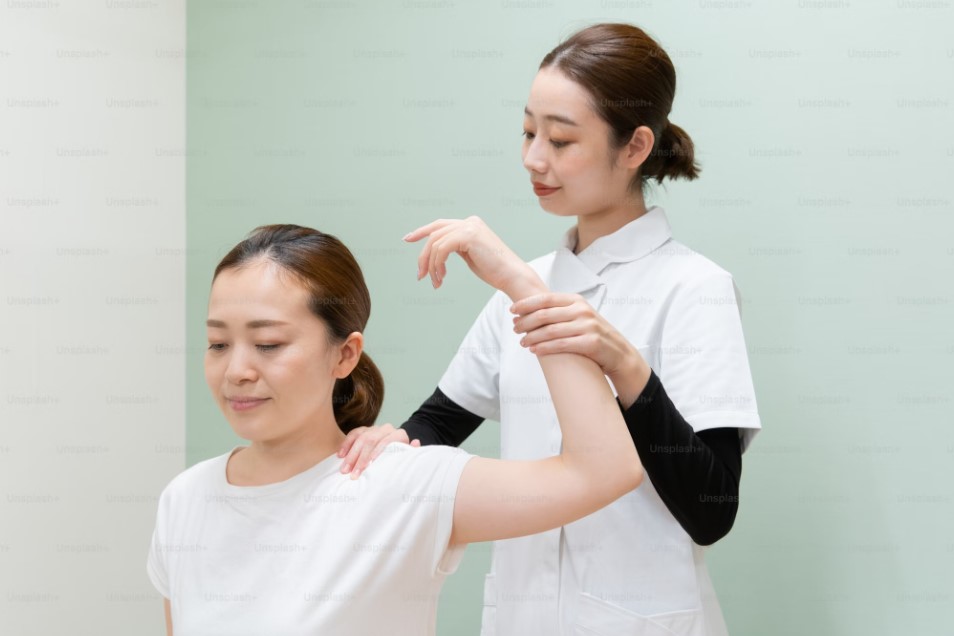Osteopathy is a holistic form of medical care that emphasizes the interrelationship between the structure and function of the body. Osteopaths, or doctors of osteopathy (DOs), use a variety of hands-on techniques to diagnose, treat, and prevent a wide range of health issues, particularly those related to pain. By focusing on the musculoskeletal system—the muscles, bones, and joints—osteopaths can provide effective pain relief and improve overall health and well-being.
Understanding Osteopathy
Osteopathy is grounded in the principle that the body is a unit, and its parts are interrelated. Osteopaths believe that the body has an inherent ability to heal itself, and their treatments aim to support this natural process. Through manual therapy, osteopaths can address mechanical problems and improve circulation, nerve function, and lymphatic drainage, all of which contribute to pain relief and recovery.
Types of Pain Treated by Osteopaths
Osteopaths are trained to treat a wide variety of pain-related conditions, including:
1. Back Pain
Back pain is one of the most common reasons people seek osteopathic care. Osteopaths use techniques such as spinal manipulation, soft tissue massage, and stretching to relieve tension, improve alignment, and enhance mobility. These methods can alleviate pain caused by conditions such as herniated discs, sciatica, and muscle strains.
2. Neck Pain
Neck pain, often resulting from poor posture, stress, or injury, can significantly impact daily activities. A professional Osteopath in Highgate would assess and treat the underlying causes of neck pain through gentle manipulation and mobilization of the cervical spine, as well as soft tissue techniques to release muscle tension and improve blood flow.
3. Joint Pain
Osteopaths can effectively treat joint pain in areas such as the shoulders, elbows, wrists, hips, knees, and ankles. Conditions like arthritis, bursitis, and tendonitis can benefit from osteopathic treatments that focus on reducing inflammation, improving joint function, and enhancing range of motion.
4. Headaches and Migraines
Some headaches and migraines are linked to tension and misalignment in the neck and upper back. Osteopaths can provide relief by addressing these underlying issues, using techniques to reduce muscle tension, improve posture, and enhance circulation.
5. Musculoskeletal Pain
Pain in muscles, ligaments, and tendons, often caused by overuse, injury, or repetitive strain, can be effectively treated by osteopaths. Techniques such as myofascial release, stretching, and soft tissue massage help to alleviate pain and promote healing.
6. Chronic Pain
For individuals suffering from chronic pain conditions such as fibromyalgia or chronic fatigue syndrome, osteopathy can offer significant relief. Osteopaths employ a comprehensive approach, addressing both physical and emotional aspects of pain, and working to improve overall function and quality of life.
Techniques Used by Osteopaths
Osteopaths use a variety of manual techniques to treat pain, including:
1. Soft Tissue Techniques
These techniques involve stretching, massaging, and applying gentle pressure to the muscles, tendons, and ligaments. They help to release tension, reduce pain, and improve circulation.
2. Articulation and Mobilization
Articulation involves moving joints through their range of motion to improve mobility and reduce stiffness. Mobilization techniques are gentle movements applied to specific joints to enhance function and alleviate pain.
3. High-Velocity Low-Amplitude (HVLA) Thrusts
This technique, often associated with spinal manipulation, involves a quick, controlled movement to adjust a joint. It can relieve pain and improve joint function by addressing misalignments and mechanical restrictions.
4. Muscle Energy Techniques (METs)
METs involve the patient actively contracting a muscle against the osteopath’s resistance. This technique helps to lengthen tight muscles, improve joint mobility, and reduce pain.
5. Myofascial Release
This technique focuses on releasing restrictions in the fascia—the connective tissue surrounding muscles and organs. By applying sustained pressure, osteopaths can release tension and improve movement.
Holistic Approach and Prevention
Osteopaths take a holistic approach to treatment, considering the patient’s overall health and lifestyle. They often provide advice on posture, ergonomics, exercise, and nutrition to support recovery and prevent future pain. This comprehensive approach not only addresses the immediate pain but also promotes long-term well-being.

